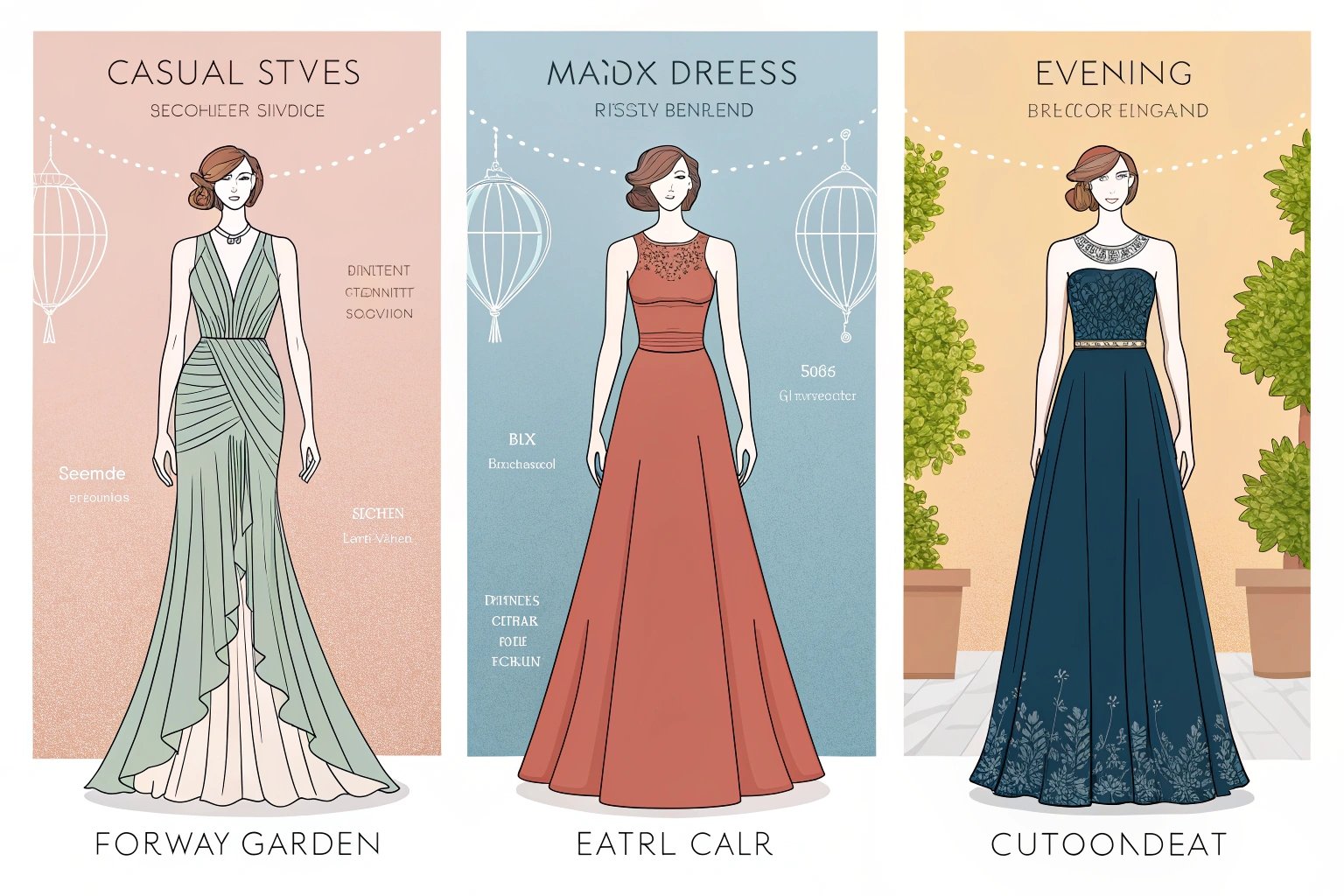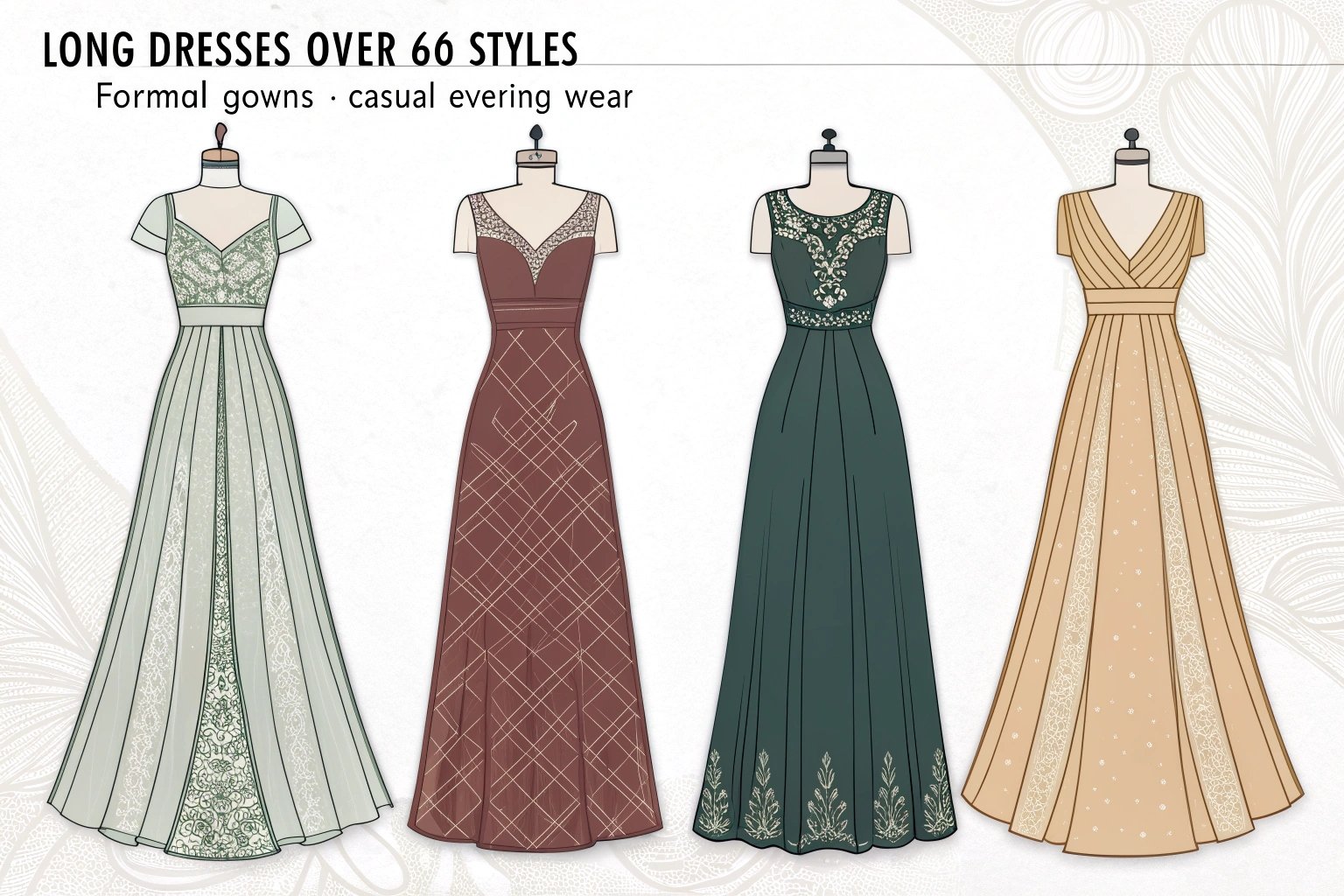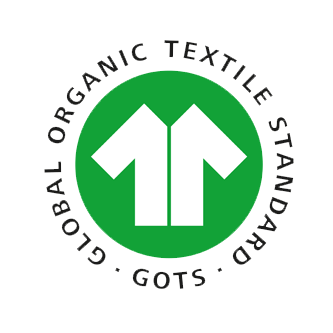If you’ve ever dreamed of producing clothing in the UK, you’ve probably worried about the price tag. I get asked all the time: “Is it really that much more expensive?” Let’s dig into what drives costs—and why many brands still choose Birmingham for production.
Manufacturing in the UK is more expensive than in many overseas locations, mainly due to higher labor, stricter regulations, and local sourcing1. But British factories offer faster turnaround, higher quality, and a “Made in UK” brand edge that’s hard to replicate.
I’ve worked with brands that weighed every penny before choosing Birmingham2. What they found is that cost isn’t just about price—it’s about value, reliability, and the long-term impact on your business.
How Do Clothing Manufacturing Costs in the UK Compare to Other Countries?
When brands come to me with budget questions, they always ask about international comparisons. The differences can be dramatic.
UK manufacturing costs3 are 2-5 times higher than in Asia, mostly because of labor and strict compliance4. However, UK production offers quicker lead times5, better communication, and more reliable quality.
 Tailor at Work
Tailor at Work
If you’re comparing Birmingham with China or Bangladesh, you’ll notice the price gap right away. But the context behind the numbers tells the real story.
Why Are Labor and Overhead Costs Higher in the UK Than in Asia?
This is the first question every client asks—why the big difference?
The UK has minimum wage laws, strict working hour regulations, and higher living costs. Factories pay more for rent, insurance, and employee benefits compared to Asian manufacturers, where wages and facility costs are lower.
Real Numbers and Context
- UK Minimum Wage (2024): £11.44/hour vs. Bangladesh: ~£0.35/hour.
- Rent: Birmingham factories pay significantly more for real estate.
- Insurance & Benefits: UK factories are required to offer more to employees, adding to the cost.
- Workplace Safety: Strict rules mean more investment in compliance and training.
- Social Responsibility: UK brands often demand safe working environments and fair pay, which costs more.
| Country | Avg. Labor Cost (per hour) | Overhead Costs | Compliance Level |
|---|---|---|---|
| UK | £11-15 | High | Strict |
| China | £2-5 | Medium | Medium |
| Bangladesh | <£1 | Low | Basic |
How Do UK Regulations and Standards Impact Production Expenses?
Compliance is a big part of the price equation.
UK garment factories must follow tough health, safety, and environmental rules. Meeting these standards means regular inspections, certifications, and extra paperwork, which increases overall production costs.
The True Cost of Compliance
- Testing & Certification: Factories pay for third-party lab tests (for chemical content, fire safety, etc.).
- Labeling: Every product must have accurate care labels in line with UK/EU law.
- Environmental Controls: Waste management, chemical use, and emissions are all regulated.
- Risk Management: Legal penalties for violations are much higher in the UK, so factories invest more to avoid fines.
What Factors Make Clothing Manufacturers in Birmingham and the UK More Costly?
Sometimes, clients think high prices mean factories are just charging more. The reality is more complex.
Higher costs come from paying skilled workers, investing in better machinery, producing smaller batches, and maintaining higher quality standards. UK manufacturers also face higher taxes and stricter rules on sourcing and waste.
It’s not just about cost—it’s about value and results.
How Do Quality, Skilled Labor, and Smaller Batch Sizes Influence Pricing?
UK factories pride themselves on workmanship. That comes at a price.
Skilled machinists, pattern cutters, and quality inspectors demand higher wages. Small batch production allows for flexibility but leads to less “economy of scale,” raising per-unit costs. But this also reduces waste and allows new brands to launch without huge risks.
Quality Over Quantity
- Expertise: Many UK garment workers have years—sometimes generations—of training.
- Attention to Detail: Each piece is inspected more closely, reducing defect rates.
- Small Runs: Orders of 30-100 units let brands test new ideas, but drive up unit costs compared to factories making thousands at once.
- Machinery: Advanced equipment and technology also add to overhead.
| Factor | UK/Birmingham | Overseas Mass Production |
|---|---|---|
| Skill Level | High | Mixed |
| Batch Size | 30-300 | 500+ |
| Quality Check | Each stage | End of line |
What Role Does Sustainability and Local Sourcing Play in UK Manufacturing Costs?
The UK is moving toward greener production, but there’s a price.
Using sustainable materials, eco-friendly dyes, and local suppliers increases expenses for UK factories. Consumers are demanding ethical supply chains, so brands are investing more to meet those expectations and comply with new laws.

The Cost of Going Green
- Eco Materials: Organic cotton, recycled polyester, and low-impact dyes cost more than standard options.
- Local Sourcing: British-made trims and fabrics usually cost more than imports but support UK jobs and reduce shipping emissions.
- Certifications: Getting organic, Fair Trade, or other eco labels means paying for audits and documentation.
- Waste Reduction: More careful production planning leads to less overstock, but higher planning costs.
What Are the Benefits of Choosing Clothing Manufacturers in Birmingham Despite Higher Costs?
With so many challenges, why do so many brands still pick UK factories?
UK and Birmingham manufacturers offer faster turnaround, more flexible sampling, better communication, and the trust of a “Made in UK” label. These benefits often outweigh the extra costs for brands that want reliability and a premium image.
Brands that value close partnerships and fast reaction times find local production pays off in the long run.
How Do Speed, Customization, and Communication Offset Expense?
Being close to your factory has clear advantages, especially for new brands.
Local production means samples and bulk orders are delivered faster, and issues are solved in real time. UK factories excel at small runs and customizations, making it easy to tweak designs or colors on short notice. Direct communication reduces errors and boosts trust.
Fast, Flexible, and Friendly
- Lead Time: UK factories can develop samples in a week, while overseas takes 3-6 weeks plus shipping.
- Customization: It’s easier to order unique fabrics, prints, or details in small batches.
- Problem-Solving: Quick factory visits or Zoom calls help resolve fit or quality issues immediately.
- Relationship: Brands can build ongoing partnerships, leading to better results over time.
Why Do Brands Value “Made in UK” Labels for Brand Image and Consumer Trust?
A British-made label isn’t just a line on a tag—it’s a business asset.
Consumers associate “Made in UK” with quality, ethical practices, and local pride. This label can command higher prices, boost trust, and make brands stand out in a crowded market. For some retailers, UK-made is a requirement.
The Marketing Power of Local
- Premium Perception: Shoppers believe UK products are better made.
- Transparency: Brands can tell authentic stories about their factories and workers.
- Ethical Edge: Clear labor standards and lower transport emissions attract conscious buyers.
- Retail Demand: Some UK and EU shops will only buy from local or regional producers.
| Advantage | “Made in UK” Brands |
|---|---|
| Price Premium | +10-50% higher retail price |
| Brand Story | More compelling |
| Consumer Trust | Much higher |
How Can Brands Optimize Costs When Working with UK Clothing Manufacturers?
If you’re set on UK production, you don’t have to blow your whole budget. I’ve helped brands find creative ways to manage costs.
Negotiate batch sizes, simplify designs, choose core styles, and focus on best-sellers. Building relationships and planning ahead with factories often leads to better pricing and more flexibility.
Sometimes the best savings come from working smarter, not just cutting corners.
What Strategies Help Balance Quality and Budget in UK Production?
I always suggest focusing on what matters most to your customer.
Start with a small, tight collection. Use versatile designs that share fabrics or trims to reduce costs. Consider pre-orders to minimize overstock, and work with your manufacturer to find efficiencies.
Smarter Ways to Save
- Consolidate Styles: Use the same fabric across multiple pieces.
- Bulk Ordering: Order core components in larger quantities to unlock better rates.
- Pre-Order Sales: Gauge demand before you produce, lowering inventory risk.
- Seasonless Collections: Reduce waste and markdowns by focusing on year-round styles.
| Cost Saver | How it Works |
|---|---|
| Shared Fabrics | Fewer minimums, less waste |
| Limited Colorways | Cheaper to dye in bulk |
| Simplified Packaging | Custom packaging adds up—start simple |
| Digital Sampling | Use 3D samples to avoid costly re-dos |
How Can Local Partnerships and Lean Manufacturing Reduce Expenses?
Teamwork makes a huge difference. The best results I’ve seen come from open, ongoing collaboration.
Building long-term relationships with suppliers, pattern cutters, and printers lets you negotiate better terms. Lean manufacturing cuts waste and improves efficiency, driving down costs over time.
Collaboration in Action
- Local Networks: Join business groups in Birmingham to access referrals, group buys, or shared shipping.
- Lean Processes: Use demand-driven manufacturing to minimize unsold stock and optimize workflow.
- Shared Resources: Work with other brands to split production runs or share suppliers.
- Transparent Communication: Frequent, honest updates help solve problems before they get expensive.
What Types of Businesses Are Best Suited for UK-Based Clothing Manufacturing?
Not every brand should produce in the UK. But for the right company, it’s a game-changer.
UK manufacturing works best for brands selling premium, limited-run, or highly customized products. It’s also great for designers who value ethical supply chains and want to be hands-on with production.
For some brands, overseas is simply cheaper. But if quality and trust matter more, the UK can’t be beat.

When Is Domestic Production in Birmingham the Right Choice?
It took me years to learn which clients are the best fit for UK manufacturing.
Domestic production is right when you need fast sampling, quick restocks, and frequent design tweaks. If your target market values local goods and ethics, UK-made adds real value.
Signs You Should Stay Local
- Frequent Drops: If you launch new styles every month, local factories keep up.
- High-Touch Service: Designers who want direct input benefit most.
- Custom Projects: Unique materials or patterns are easier to manage close to home.
- Urgent Orders: Need last-minute restocks? Overseas production can’t compete.
How Can Startups and Designers Benefit from Local Clothing Manufacturers?
For small brands, big factories overseas are often out of reach. That’s where Birmingham shines.
Startups and designers benefit from low MOQs, hands-on help, and real feedback. UK factories are more willing to work with small orders, and local experts can guide you through every stage, from tech packs to shipping.
The Local Advantage for New Brands
- Learning Curve: UK factories teach as they produce—perfect for first-timers.
- Faster Launch: No waiting for international freight or customs delays.
- Prototyping: Quick, affordable samples mean more freedom to experiment.
- Networking: You can build a support system of pattern makers, graders, and other suppliers all in one city.
Conclusion
Yes, UK clothing manufacturing costs more, but the advantages go far beyond price. For brands who care about quality, speed, and reputation, Birmingham’s factories deliver value that global suppliers simply can’t match. The right partnerships turn expense into investment.
-
Explore the advantages of local sourcing for quality and environmental impact in clothing production. ↩
-
Explore how Birmingham’s manufacturing scene offers unique advantages for brands looking for quality and reliability. ↩
-
Understand the factors influencing UK manufacturing costs and how they stack up against global competitors. ↩
-
Learn how compliance affects production expenses and the importance of adhering to regulations. ↩
-
Find out how UK manufacturers can offer faster lead times compared to overseas production. ↩









